Referenced Containers and Dropbox
 Monday, February 18, 2013 at 7:32AM
Monday, February 18, 2013 at 7:32AM  Containers,
Containers,  Dropbox,
Dropbox,  Tips & Tricks in
Tips & Tricks in  FileMaker
FileMaker 
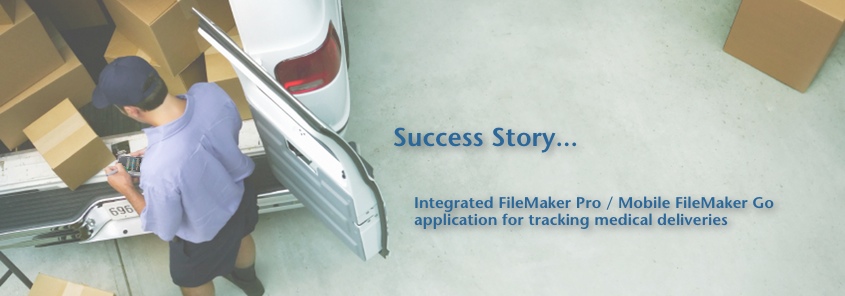
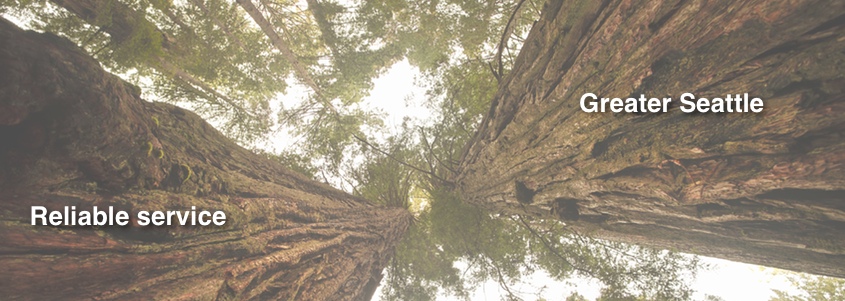
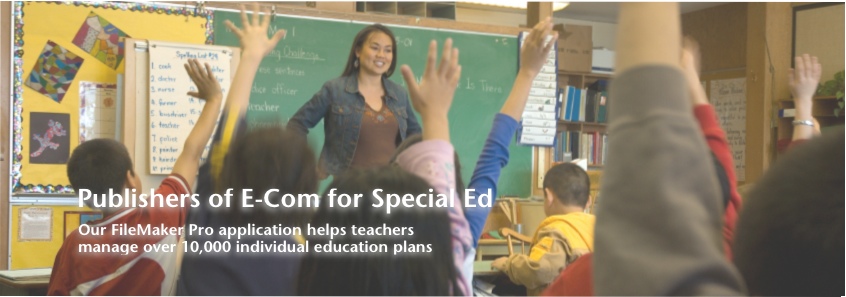


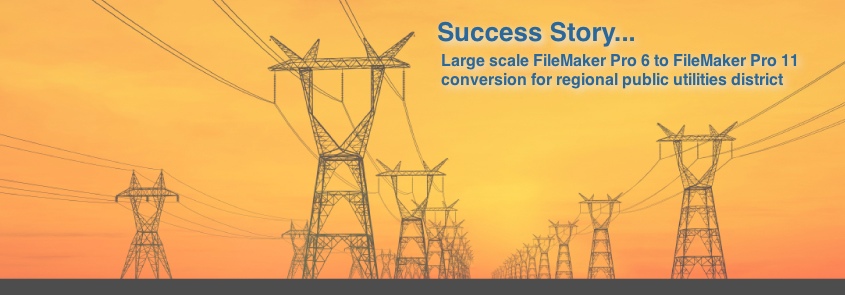
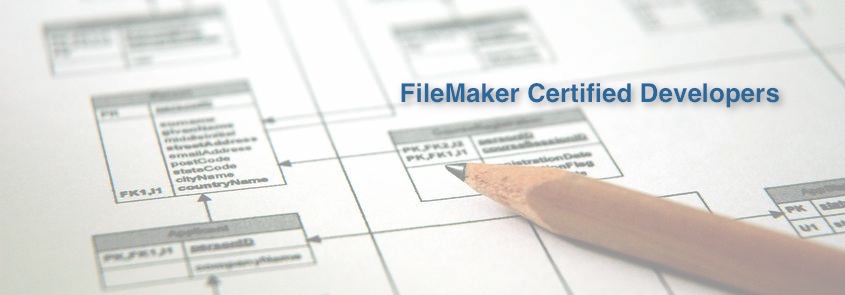

 Monday, February 18, 2013 at 7:32AM
Monday, February 18, 2013 at 7:32AM  Containers,
Containers,  Dropbox,
Dropbox,  Tips & Tricks in
Tips & Tricks in  FileMaker
FileMaker  Friday, February 1, 2013 at 4:01PM
Friday, February 1, 2013 at 4:01PM  I hope that everyone is enjoying the new year! This is Rin, reporting in again after some more education-based travels. Last November I had the privilege of participating in another NASA international collaborative event. We traveled to Melaka, Malaysia for the second Melaka Planetarium Space Festival. The Melaka Planetarium is run by a small but ambitious group of passionate educators. The Planetarium sponsored nine NASA scientists and educators to bring workshops, demonstrations and activities aiming to encourage interest in space and earth sciences among elementary- and middle-schoolers.
I hope that everyone is enjoying the new year! This is Rin, reporting in again after some more education-based travels. Last November I had the privilege of participating in another NASA international collaborative event. We traveled to Melaka, Malaysia for the second Melaka Planetarium Space Festival. The Melaka Planetarium is run by a small but ambitious group of passionate educators. The Planetarium sponsored nine NASA scientists and educators to bring workshops, demonstrations and activities aiming to encourage interest in space and earth sciences among elementary- and middle-schoolers.
This time, as at previous space festivals, I witnessed some exciting applications of technology in the hands-on workshops. Paulo Younse of JPL brought a set of easily programmable robots, which students “taught” to navigate an obstacle course of a Martian landscape. Boys and girls of all ages find this activity exciting and challenging, and unwittingly learn the basics of programming.
Peter Falcon, also of JPL, brought a “magic planet” - a sphere-shaped screen that allowed students to visually see patterns and changes in a way that would be impossible out of a book. On this globe, students explored changing sea levels, being able to see the changes on a global level right before their eyes. They could also see temperature changes, cloud patterns, and many other aspects of earth science that are often difficult to grasp in the abstract. And it was beautiful! I know what I want for my birthday this year!
 Another fantastic hands-on use of technology was arranged by Gabriel Alvarado from the SETI Institute. Mr. Alvarado wanted students and teachers alike to have access to real data and assist in actual scientific discovery. He brought this about by introducing festival-goers to PlanetHunters.org, a website where anyone can log on and view data from the Kepler mission, which searches for planets in other star systems. Users are trained in reading this data, and are then set loose to hunt for planets by looking for patterns in light output from far-away stars. Amateur astronomers all over the world examine the Keplar data, “tagging” stars that might have planets. When a star receives enough attention from amateur users, the Keplar scientists go in and examine the data as well. Just recently, a planet in a rare double binary star system was discovered in this way. The ability to access real data and participate in real science ignited the curiosity and excitement of many a festival-goer, child and adult alike.
Another fantastic hands-on use of technology was arranged by Gabriel Alvarado from the SETI Institute. Mr. Alvarado wanted students and teachers alike to have access to real data and assist in actual scientific discovery. He brought this about by introducing festival-goers to PlanetHunters.org, a website where anyone can log on and view data from the Kepler mission, which searches for planets in other star systems. Users are trained in reading this data, and are then set loose to hunt for planets by looking for patterns in light output from far-away stars. Amateur astronomers all over the world examine the Keplar data, “tagging” stars that might have planets. When a star receives enough attention from amateur users, the Keplar scientists go in and examine the data as well. Just recently, a planet in a rare double binary star system was discovered in this way. The ability to access real data and participate in real science ignited the curiosity and excitement of many a festival-goer, child and adult alike.
Even with this astounding technology, the real motivators were the NASA team themselves. Every team member was overflowing with enthusiasm and energy, encouraging students to ask questions and find solutions to problems that they might not have ever considered before. I was honored to be included and hope to continue to work with this team in the future.
~Rin Scherrer
 Friday, January 11, 2013 at 10:12AM
Friday, January 11, 2013 at 10:12AM The Jan/Feb newsletter is out. Kate talks about how easy it was to convert one of our large databases to FMv12 and what we plan to do with the expanded capabilities, and there's more about John's initial experience with Windows 8. There's a little bit about the new Execute SQL function in FileMaker v12, too, all with useful links.
 Saturday, January 5, 2013 at 9:27AM
Saturday, January 5, 2013 at 9:27AM The Seattle FMPug (FileMaker User's Group) meeting for January is on this Tuesday, the 8th. This will be the first meeting held at 10:30am instead of our traditional time of 6:30pm. It will be interesting to see how it affects attendance. This month, its an ‘open mic’ meeting where everyone will be bringing their own topics for discussion. The location will be the same as usual, at Group Health in Westlake: 320 Westlake Ave N, Seattle, WA 98109.
Hope to see you there!
 Seattle in
Seattle in  FileMaker,
FileMaker,  Users Group
Users Group  Friday, December 14, 2012 at 1:52PM
Friday, December 14, 2012 at 1:52PM  It seemed like nothing could be more thrilling to iPhone users than the release of Google Maps new app for the iPhone Wednesday night. The app quickly shot to the top of the downloads in the app store. If you have held back from upgrading to iOS 6.0 because of Apple maps, now is the time to upgrade.
It seemed like nothing could be more thrilling to iPhone users than the release of Google Maps new app for the iPhone Wednesday night. The app quickly shot to the top of the downloads in the app store. If you have held back from upgrading to iOS 6.0 because of Apple maps, now is the time to upgrade.
Besides having much more accurate directions and maps, some perks of the new app are:
One of my personal grievances with Apple maps is that once you have begun the voice guided navigation, there’s no easy way to get a greater overview of the map. It keeps you only in the next hundred feet ahead unless you display the header area with the overview button. With the Google maps app, you can easily pause the directions by tapping inside the map to view any other part of the route. When you are ready to resume, simply hit the resume button.
 Google Maps in
Google Maps in  New Technology,
New Technology,  Tech review,
Tech review,  Techy,
Techy,  iOS
iOS Phone: 425-481-8175 • Fax: 425-984-0243 • Email: info@portagebay.com
© 2000-2016 Portage Bay Solutions, Inc.